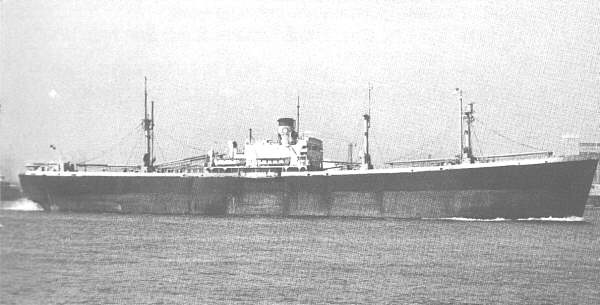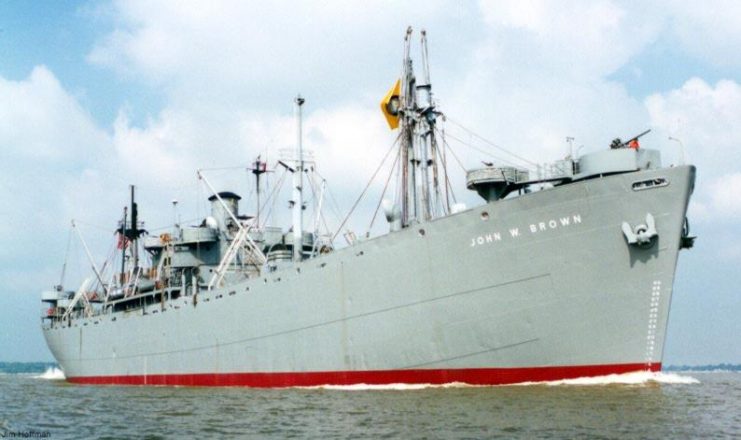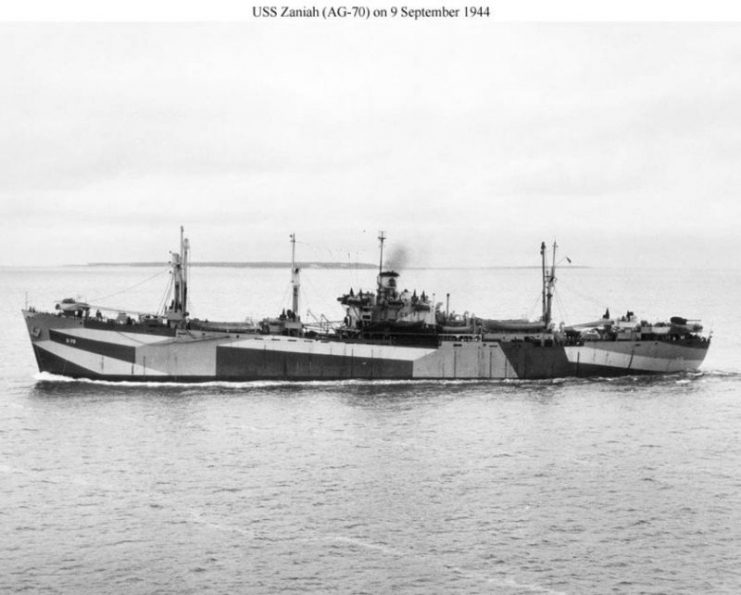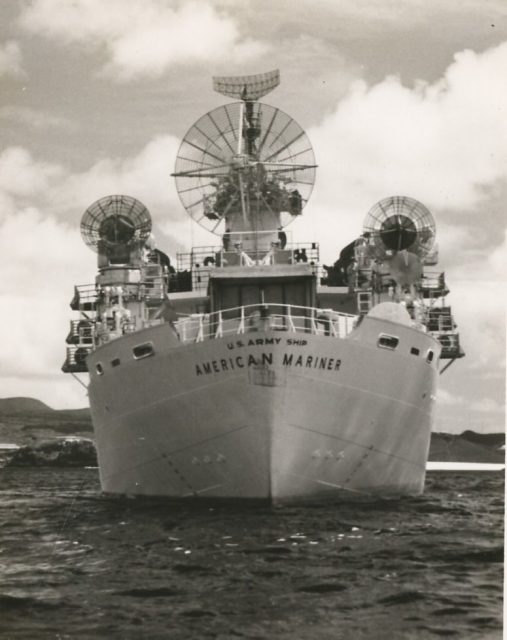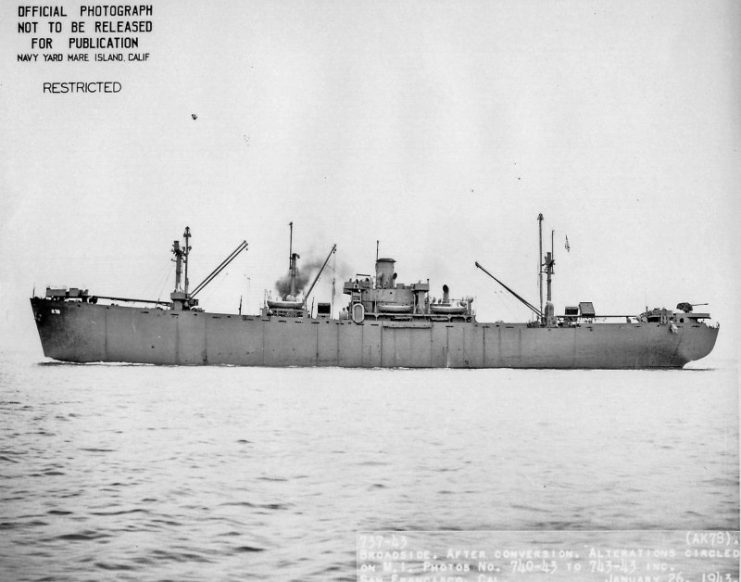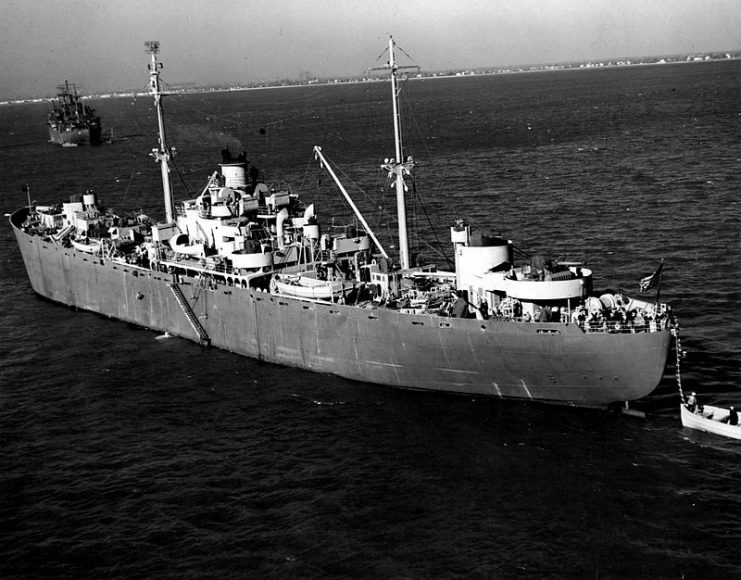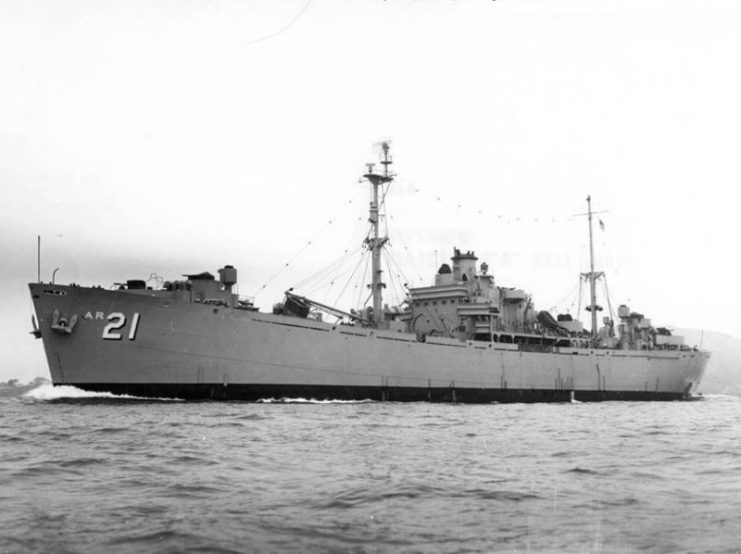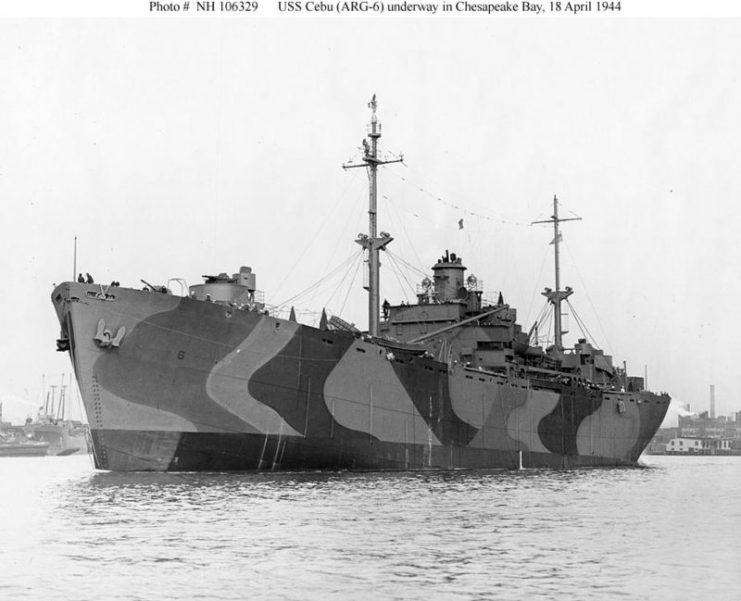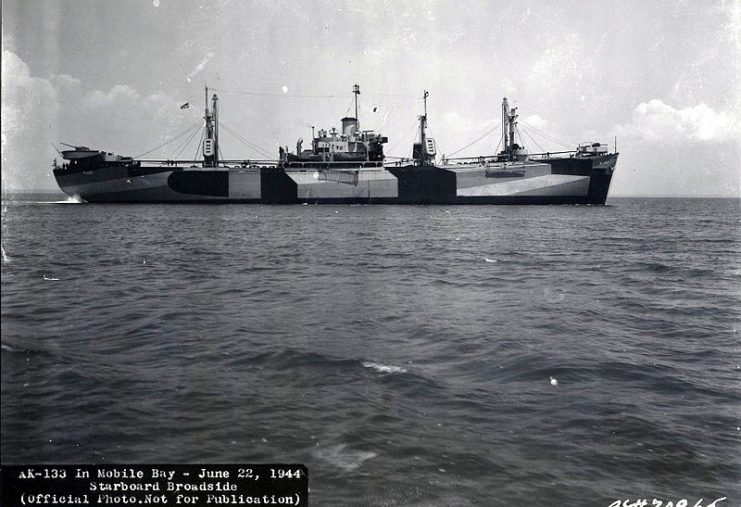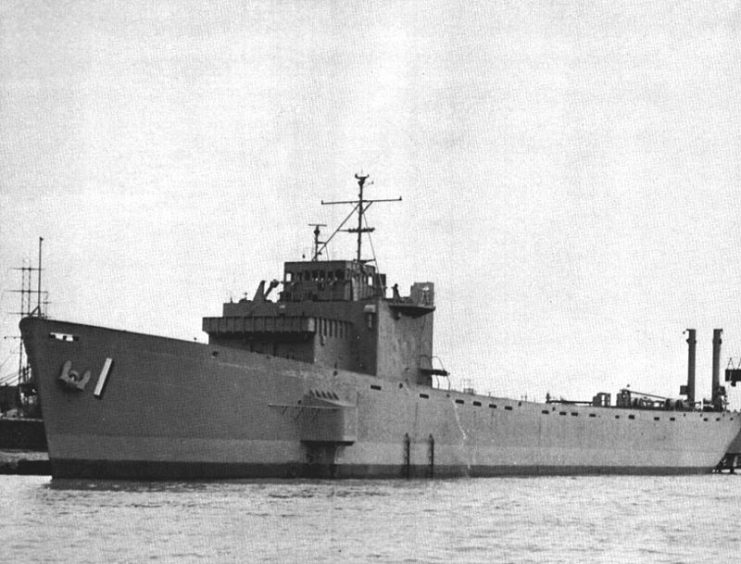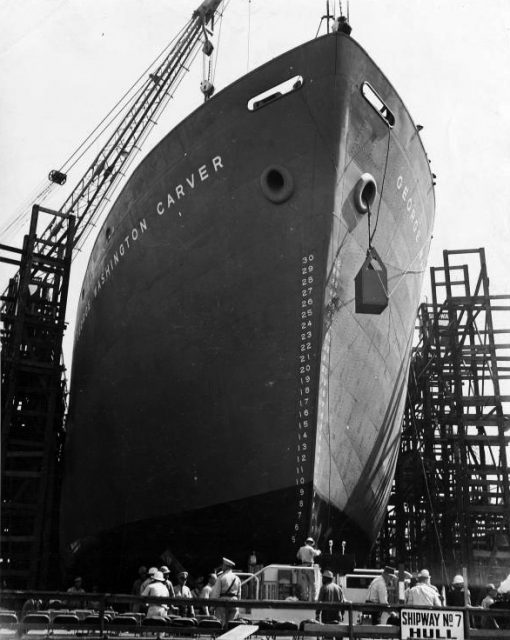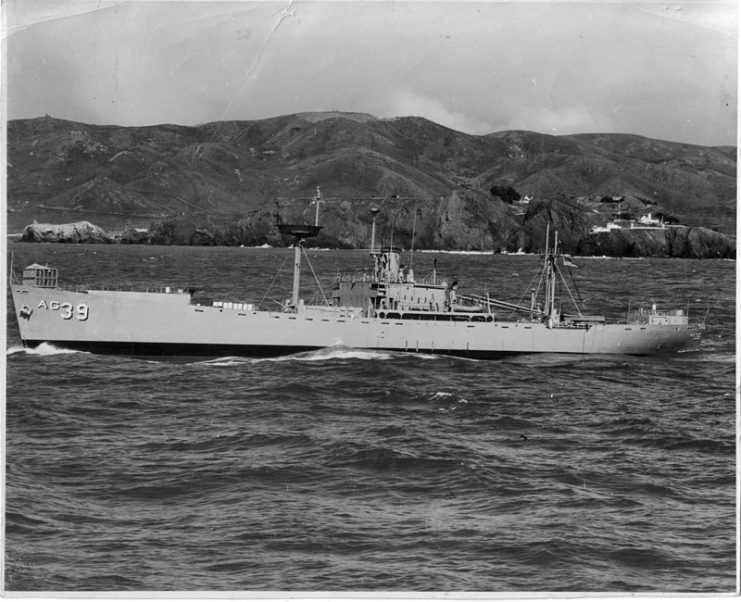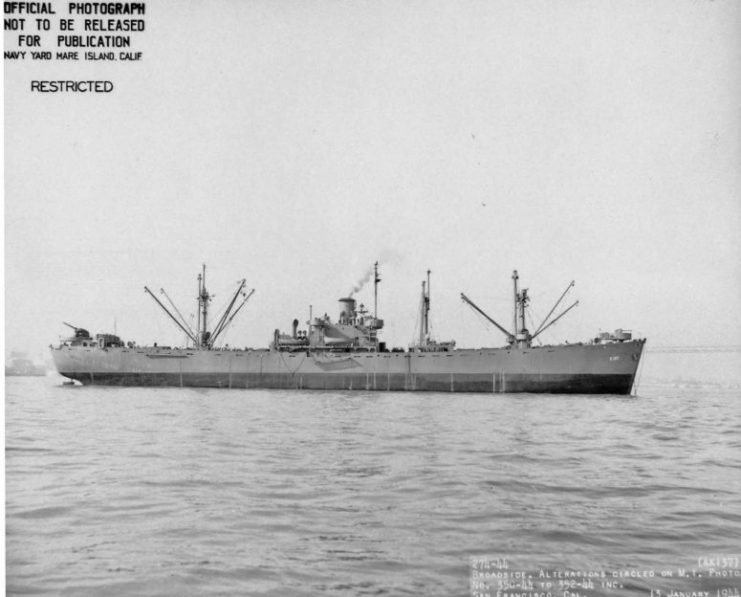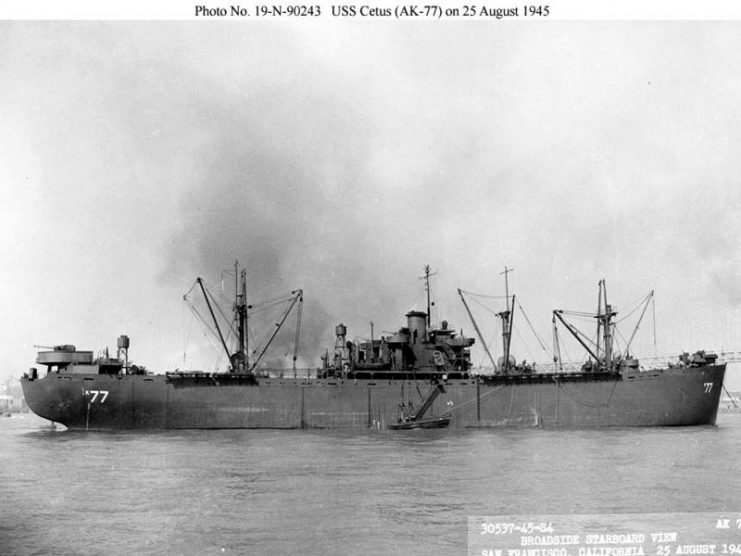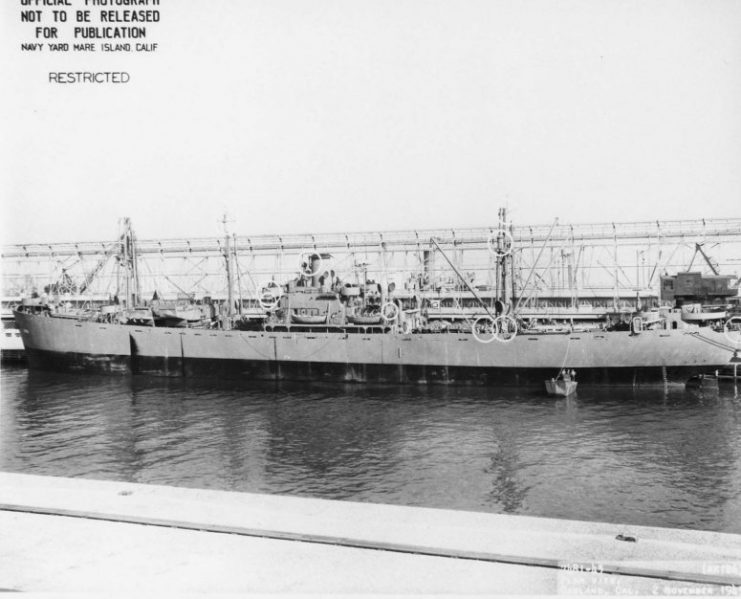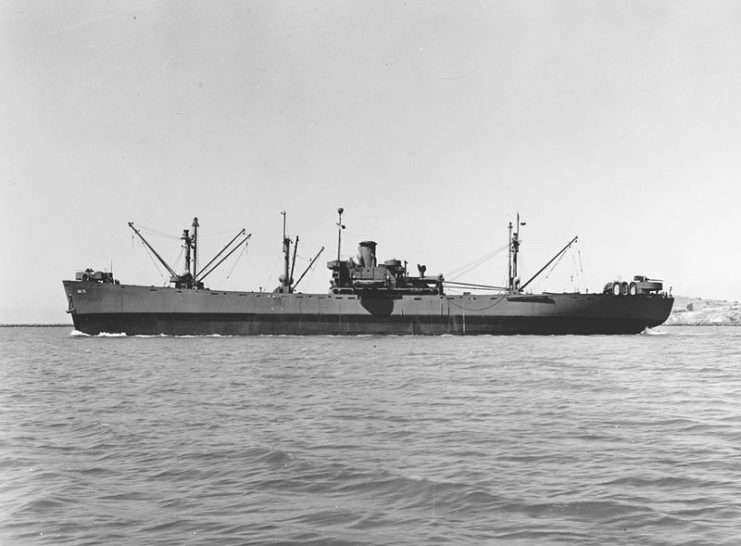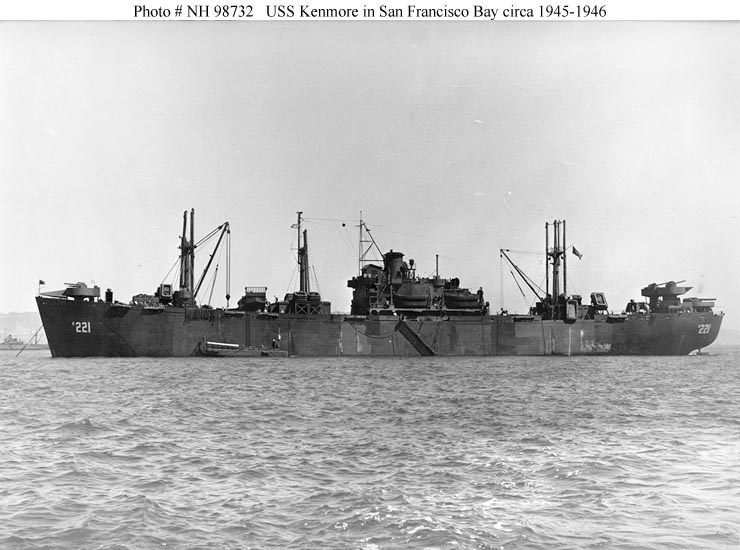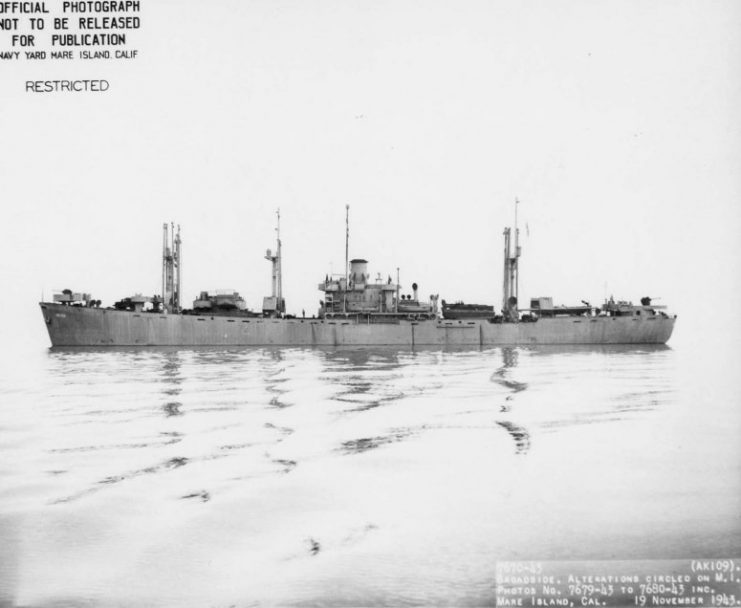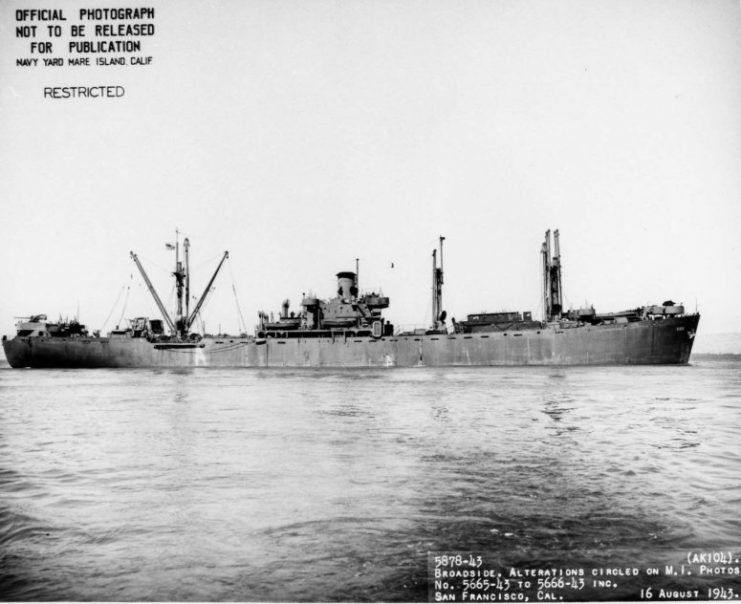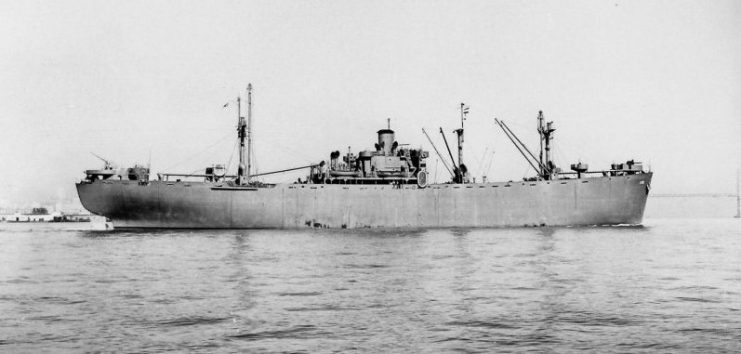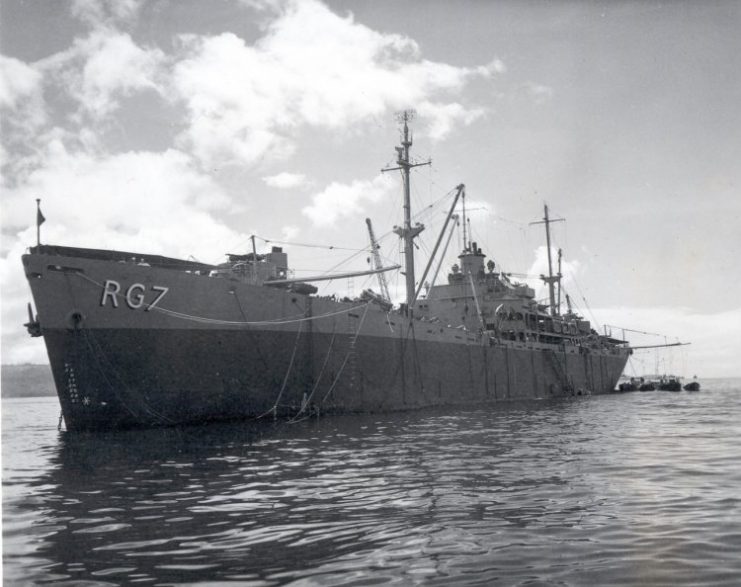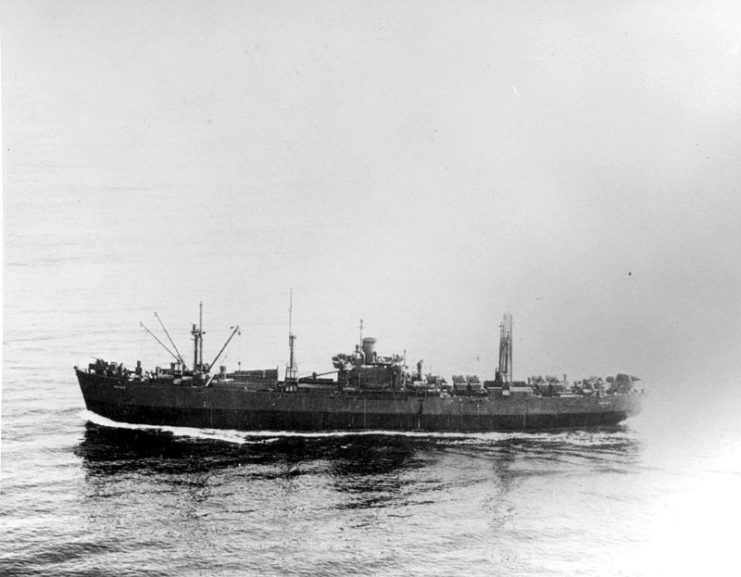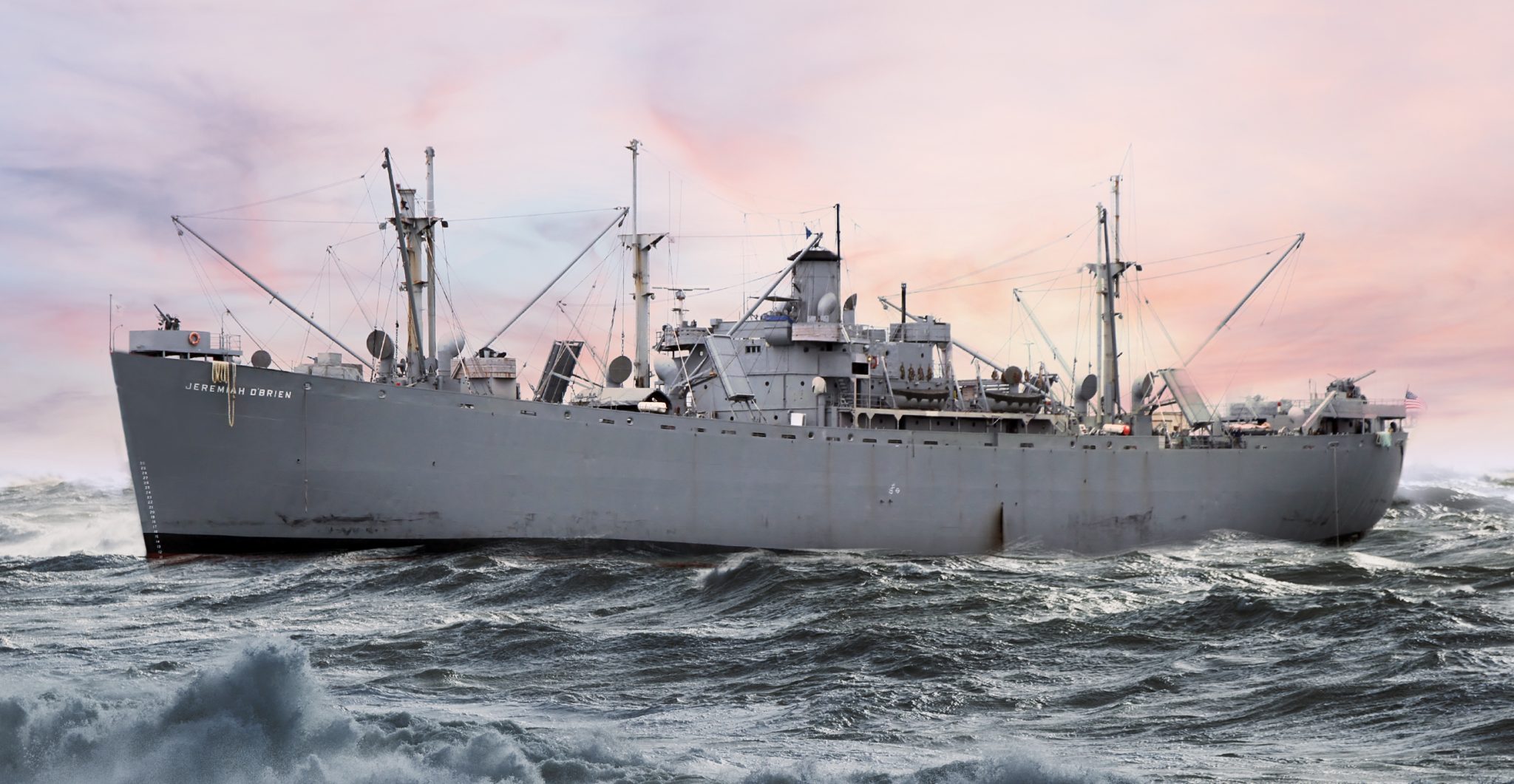As Great Britain faced war in Europe in 1939, it looked across the ocean to seek material help from its ally, the United States.
President Franklin D. Roosevelt promised to deliver, but once an assessment was made, it became obvious that the U.S. fleet had to enhance its capacities if they were going to provide Churchill the help he most desperately needed in order to turn back the tide of war.
What the Navy needed was a cheap, easy-to-make vessel which could be mass-produced in a short period of time, but also of good enough quality to be reliable for continuous transatlantic voyages while under heavy loads.
This was how the emergency fleet program was initiated, along with a new assembly line tasked with the production of standardized ships in unprecedented numbers.
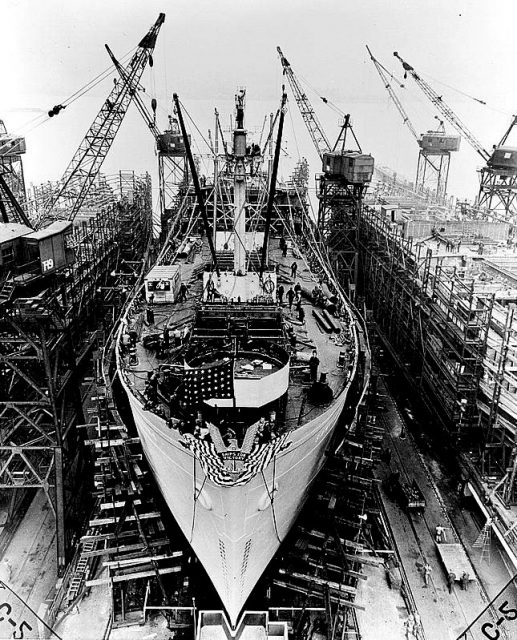
As the situation deteriorated in Continental Europe after the fall of France and Great Britain became exposed to constant bombing raids in 1940, the necessity for huge amounts of equipment and raw materials became of highest priority.
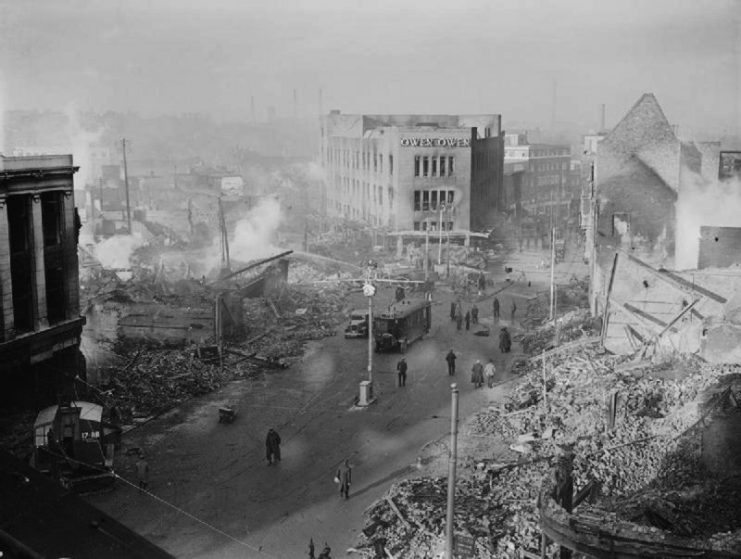
In addition to the raids, Hitler’s naval blockade of Great Britain was taking its toll. German U-boats were sinking merchant ships by the hundreds, and each ship had to be replaced in order to keep the Allied war effort going.
The first ship to come off the assembly line in 1941 was named SS Patrick Henry after the American Revolutionary War patriot, whose famous words “Give me liberty, or give me death” inspired the nickname which stuck―Liberty ships.
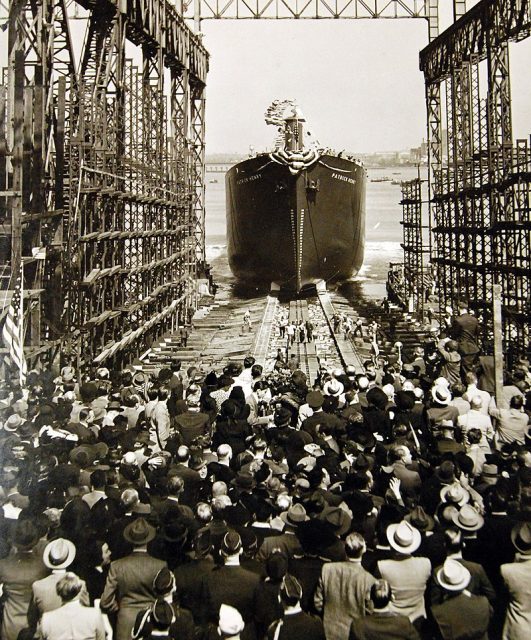
For the duration of the war, Liberty ships would bear the weight of transport across the Atlantic Ocean, making a colossal contribution to the struggle.
While the design was provided by the British, Liberty ships were the pride of the American naval industry. More than 3,000 units were built, each of them with the capacity to carry 4,380 net tons of cargo.
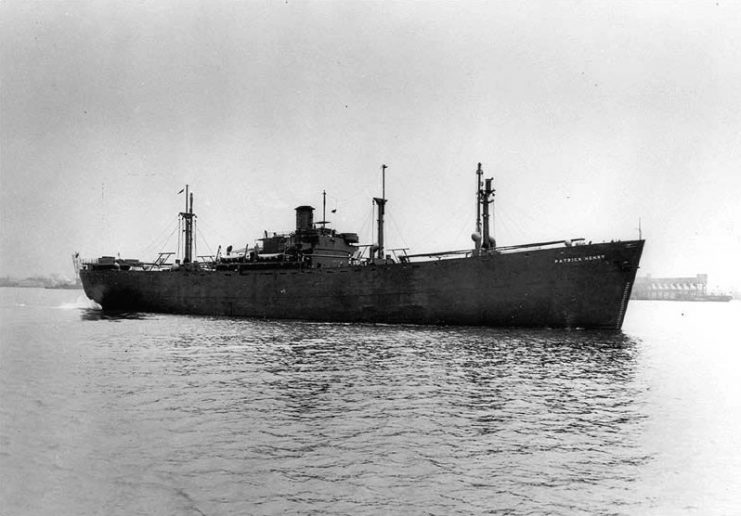
This high level of production led to significant breakthroughs in shipbuilding, such as improvement of welding technology and the development of the steel cold-rolling process.
While the British received the most help, they weren’t the only ones. Liberty ships were used to transport weaponry, supplies and other equipment to United States’ eastern ally as well.
In fact, all the material help the Soviet Union received during the war was via these hero-ships that dared to cross the ocean in time of peril.
